Fabulous food facts that simply aren’t true
Approach these 'facts' with caution
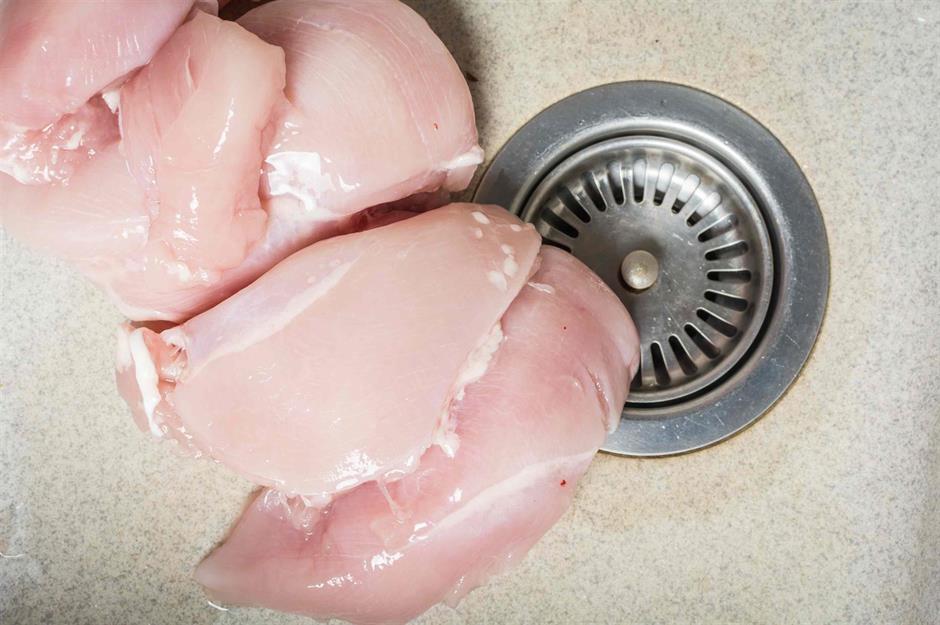
Some ideas are repeated so often, we start believing they’re true – particularly when it comes to food. But there’s a lot of culinary misinformation out there that could potentially spoil your supper. Want to separate the myths from the facts? To set the record straight, we've debunked some of the most common foodie misconceptions.
Click or scroll through our gallery to discover so-called food 'facts' that simply aren't true – counting down to the biggest myth of all.
We've based our ranking on how widespread each food myth is, and on the opinions of our well-travelled (and well-fed) team. The list is unavoidably subjective.
37. Strawberries are berries
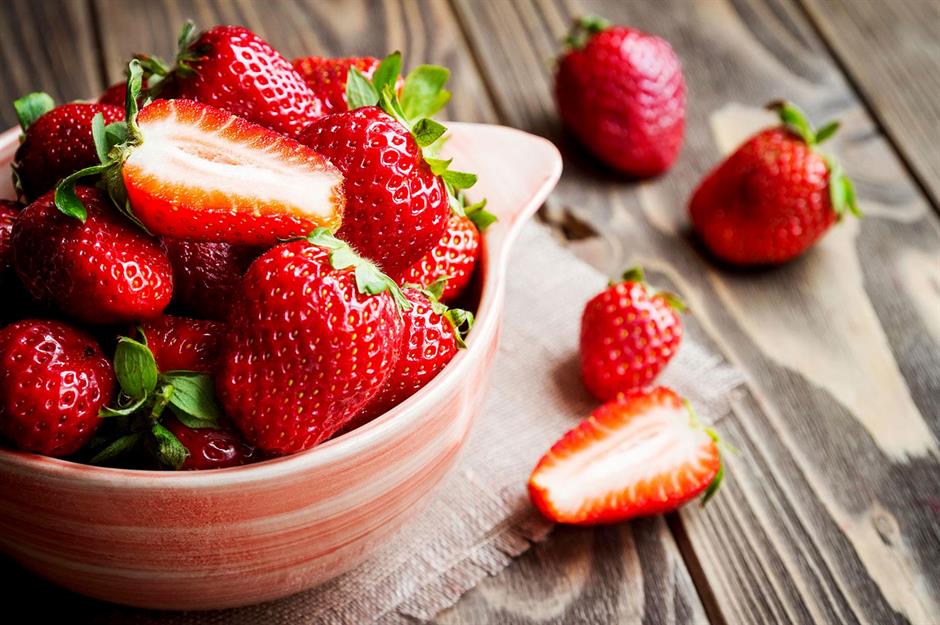
Even though strawberries have the word 'berry' in their name, these juicy red fruits aren't actually berries at all. Botanists officially classify strawberries as aggregate fruit because they come from a flower with more than one ovary. The same goes for raspberries. However, pomegranates, kiwis and bananas are berries. Who knew?
36. The five-second rule is a thing
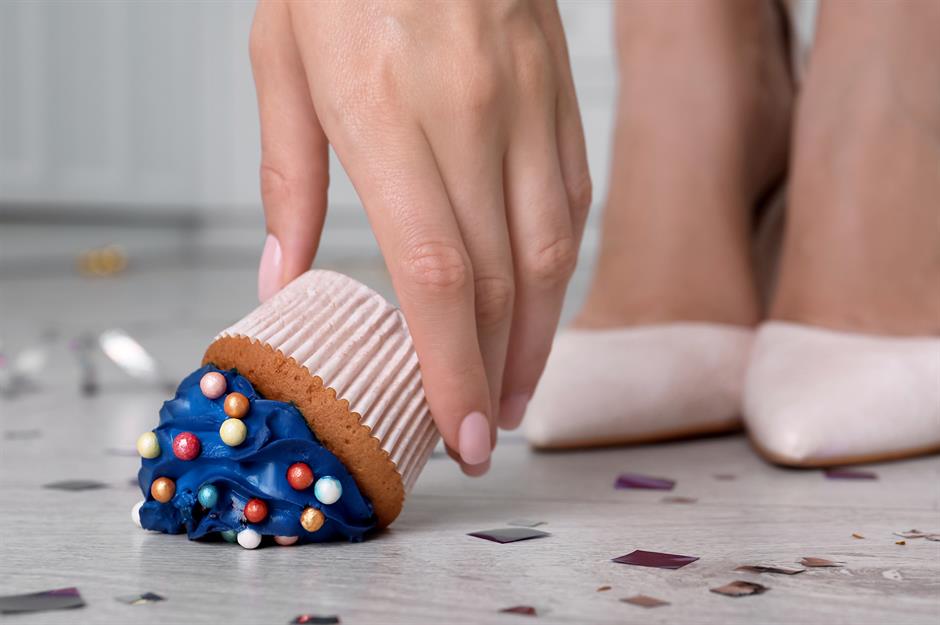
Everyone knows the five-second rule: if food has been on the floor for less than five seconds, it's safe to eat. But is that really true? Well, yes and no. Food falling on the floor will definitely pick up some bacteria, but variables such as the type of food, the kind of floor and the general location will all affect how much harmful bacteria it takes on. So, use your common sense – and also understand that foodborne illnesses are a very real hazard.
35. Canned food is less nutritious
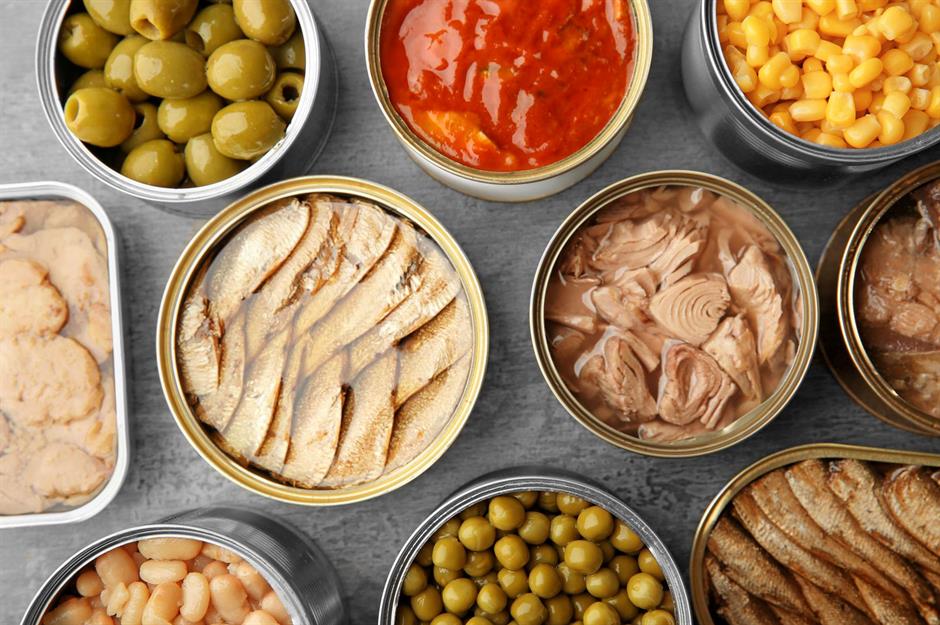
People sometimes look down on canned food, but it can be packed with goodness. In 2015, the journal Nutrients published a study revealing that people who ate over six canned food items a week had higher intakes of 17 essential nutrients (including potassium, calcium and fibre) than those who ate fewer than two canned food items over the same period. The only thing to be aware of is that some heat-sensitive nutrients, such as vitamin C and folate, can fall victim to the canning process.
34. Spinach is the ultimate iron powerhouse
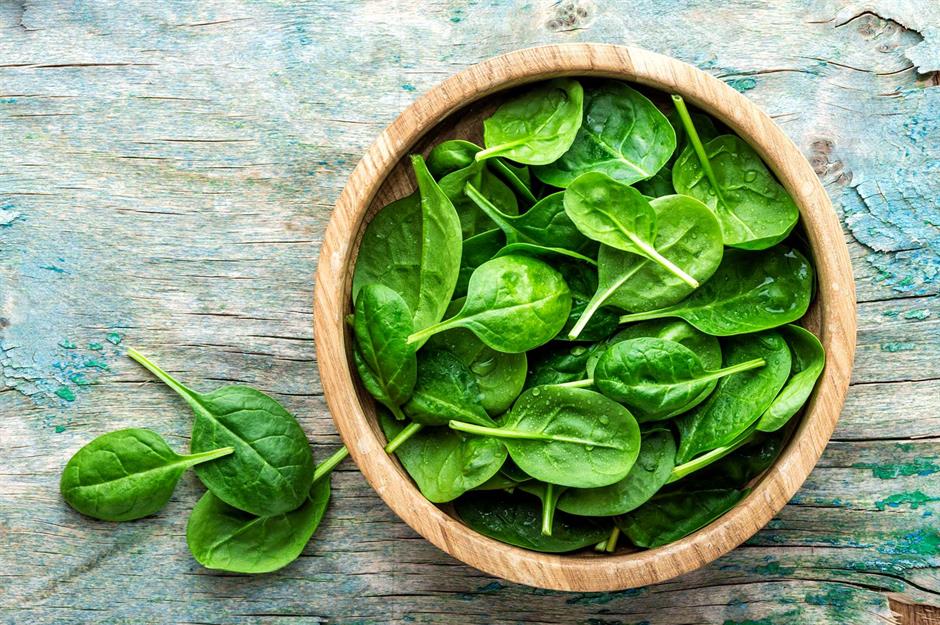
According to scientist Samuel Arbesman, the common misconception that spinach is loaded with iron is down to a mathematical mishap. Arbesman reported that, in 1870, German chemist Erich von Wolf mistakenly recorded 3.5 milligrams of iron in a 100g serving of spinach as 35 milligrams – without the decimal point. But, while we've overestimated the quantity of iron for a long time, the leafy green is still a decent source of the mineral.
33. Your 'five a day' is based on hard science
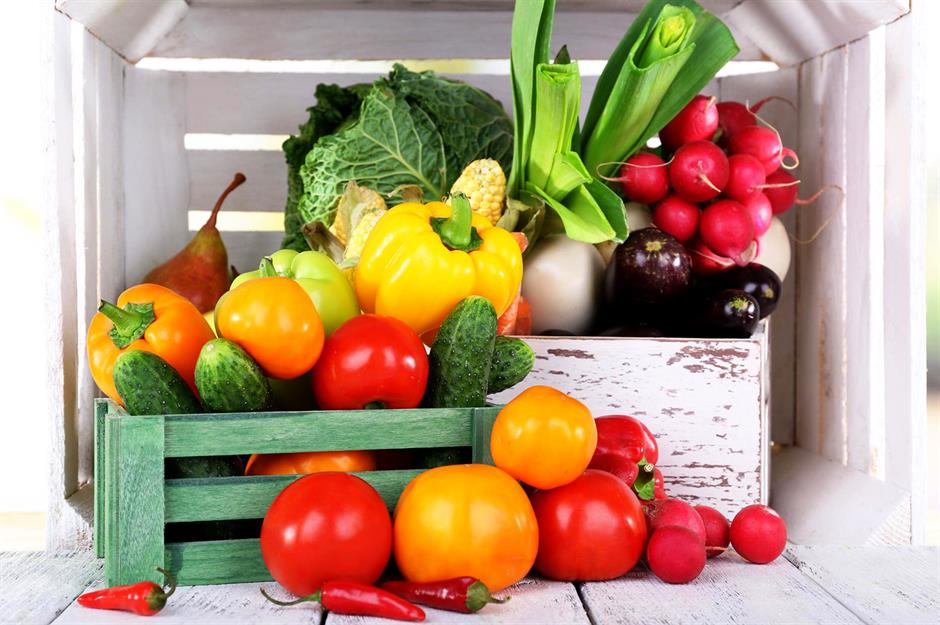
The World Health Organisation (WHO) tells us that we should always eat at least 14oz (400g) of non-starchy fruits and vegetables every day. That's the same as five 2.8oz (80g) servings of fruit and vegetables. However, this is not based on evidence-based science and is merely an achievable guideline for a healthy lifestyle. Many nutritionists actually suggest eating more than five portions to feel the most benefit.
32. Broccoli contains more protein than steak
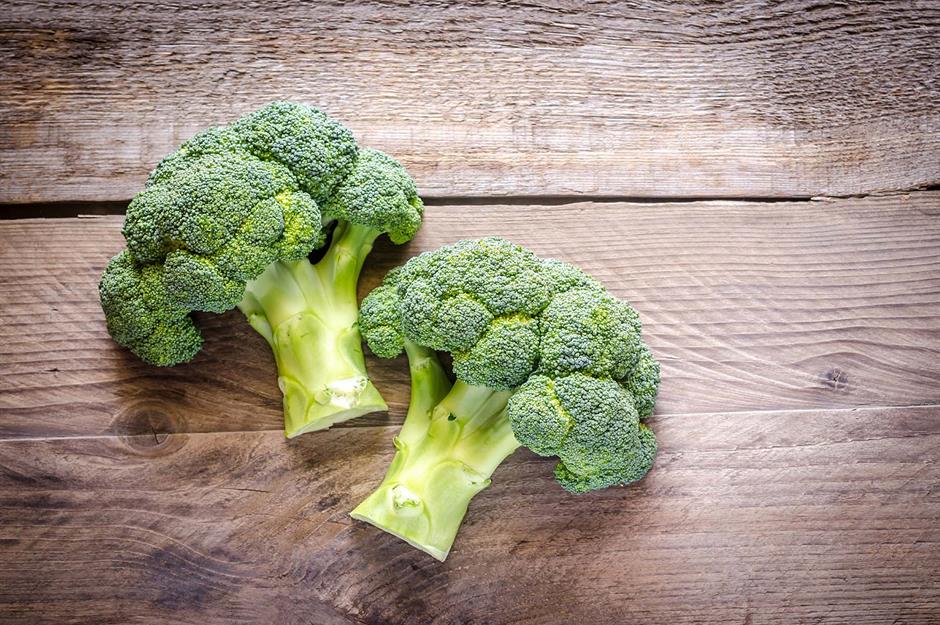
Sorry, broccoli lovers, but this sadly isn't true. For a vegetable, broccoli does have a very high protein content – but you'd need to eat a serious amount of it to get the same boost of protein that a steak would give you. Of course, broccoli is still a healthy ingredient to add to your meals. If you're following a plant-based diet, there are plenty of other ways to get your protein fix, too, including eating lentils, quinoa and spinach.
31. Keeping the pit in an avocado will prevent it from browning
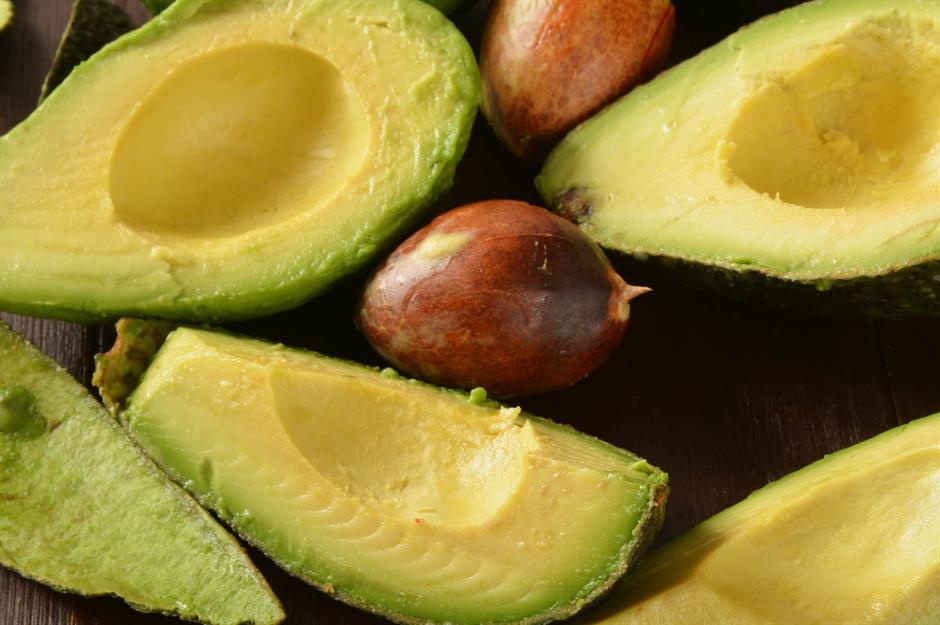
There's no need to put an avocado pit in your bowl of delicious guacamole – despite what you may have heard, it won’t prevent your dip from browning. To stop your guac from turning murky, you have two options: wrap it in cling film to prevent oxygen from touching the surface, or add a little acidic lemon or lime juice to slow down the enzyme that causes the brown colour.
30. If a soup is too salty, you should add a peeled raw potato
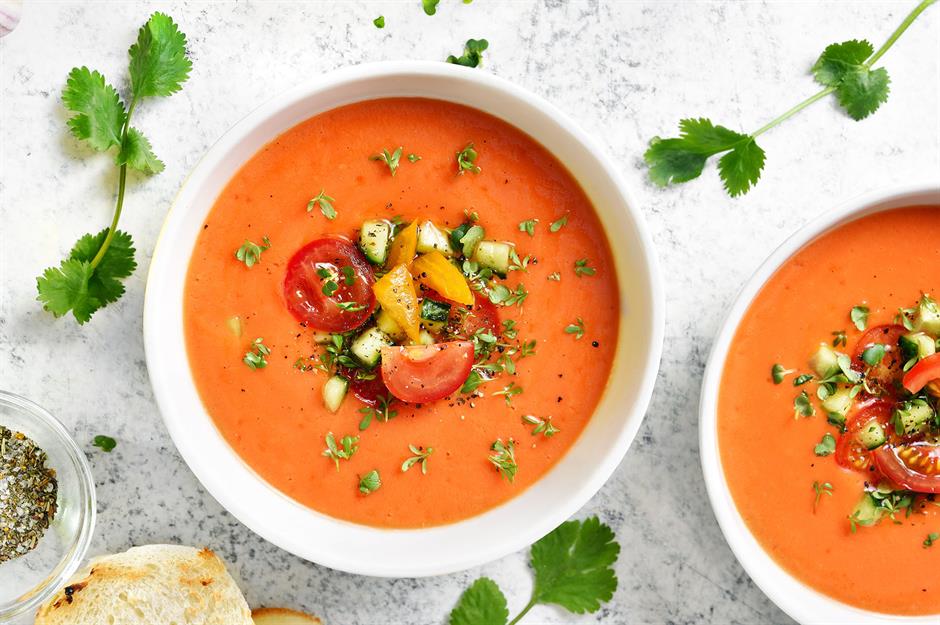
Potatoes are a nifty ingredient that can be used to perk up plenty of dishes – but unfortunately, they're unable to selectively soak up salt if you've accidentally used too much. Research shows that adding a potato to soup may absorb some of the salt, but it will also absorb liquid, meaning the salt concentration will remain almost the same. It's always better to season and taste on the go.
29. Subway uses fake chicken and tuna
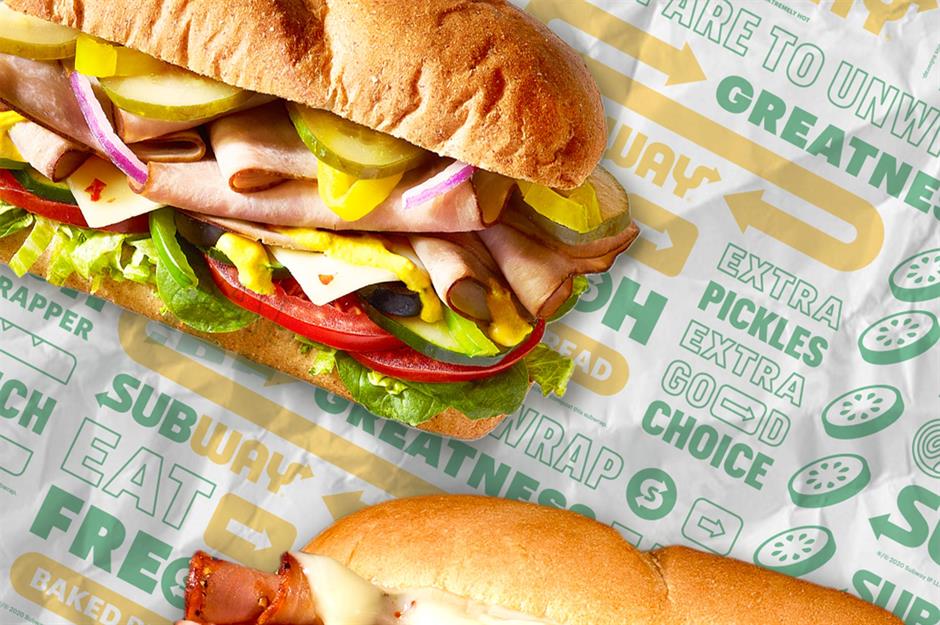
Rumours circulated that Subway chicken is mostly made with soy after a Canadian company conducted DNA tests in 2017. However, Subway says there’s only a small amount of soy protein in its chicken, amounting to 1% or less, which helps it maintain moisture and texture. A different study suggested that Subway tuna wasn’t real, but Subway insists that the chain uses only wild-caught tuna in its sandwiches. A legal case was brought against the company about the supposedly fake tuna, but it was dismissed in 2023.
28. Beaver secretions are used in all artificial vanilla products

Castoreum is a substance secreted by beavers’ perineal castor sacs, and it smells strongly of vanilla – which is why it's sometimes used to make food and cosmetics. However, castoreum is extremely difficult to get hold of and therefore expensive, especially compared to the 20 million pounds (9,071 tonnes) of vanilla that's naturally harvested from real vanilla beans every year. Thankfully, the chances are pretty low that your vanilla ice cream contains any beaver secretions at all.
27. The longer you marinate meat, the better
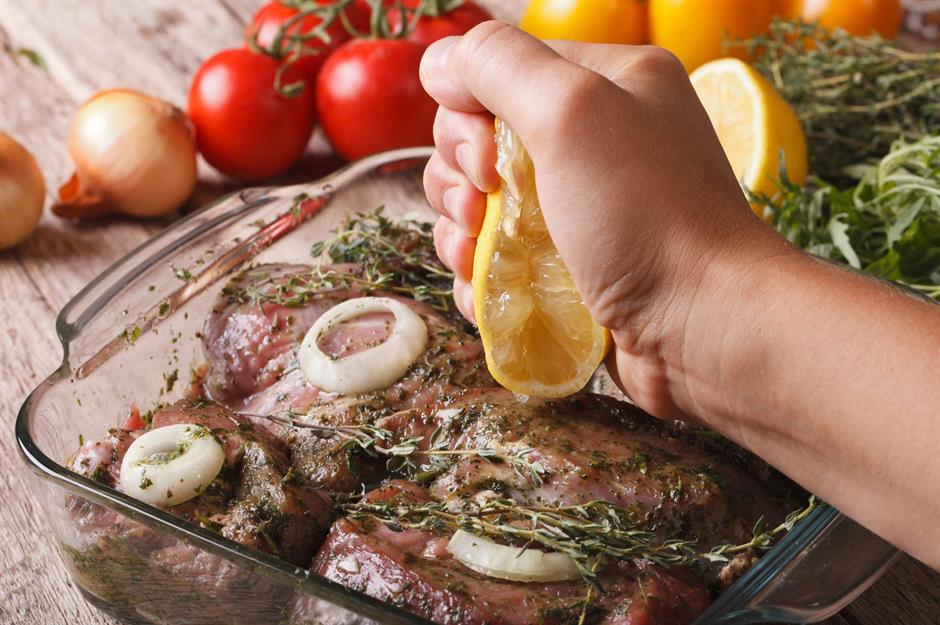
Forgot to marinate your meat the night before a barbecue? No problem! While marinades can certainly add a boost of herby or fruity flavour to a meat's exterior, they don't penetrate the meat deeply – so lengthy soaks are pointless. Plus, leaving meat in an acidic marinade for too long will weaken the protein bonds near the meat's surface, turning it unpleasantly mushy.
26. American cheese was invented in the USA
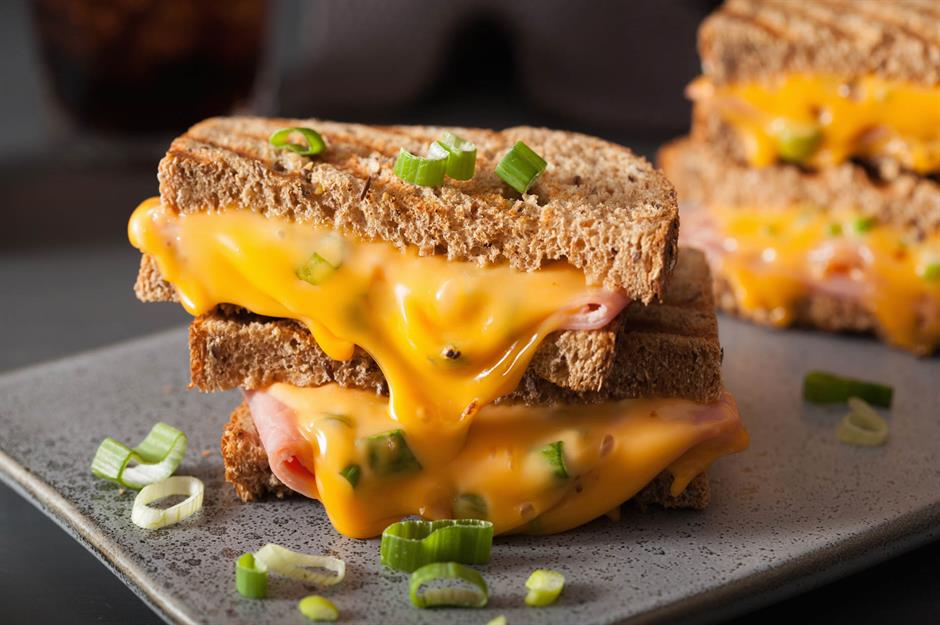
While James Lewis Kraft (the man behind the boxed mac 'n' cheese) may have popularised this yellow delicacy, American cheese was invented in Switzerland in 1911. The story goes that Walter Gerber and Fritz Stettler first hit upon the formula when they decided to heat Emmental with sodium citrate in an attempt to extend the shelf life of the cheese. However, it's true that Kraft perfected the technique, coming up with the recipe for the processed cheese we all know – and secretly love – today.
25. You shouldn't cook tomatoes in a cast-iron pan

When acidic ingredients like tomatoes are cooked in a cast-iron pan for a long time, metallic molecules are released, creating an unpleasant flavour and potentially damaging the pan's seasoning. However, an experiment conducted by America’s Test Kitchen determined that, so long as acidic food is cooked in a cast-iron pan for less than 30 minutes, there will be no ill effects. Even better, people with an enamelled cast-iron pan won’t have to worry about the release of metallic molecules at all.
24. You should always sift your flour for baking

No one wants to spend time sifting flour (and don’t get us started on having to wash up a sieve afterwards). Sifting does have its advantages, though: it allows you to mix dry ingredients properly and get rid of any clumps. But as food production has evolved and flour is milled more evenly, sifting flour is not as necessary as it used to be. Keep in mind that if you're baking a light batter, you should still sift your flour – but for everything else, just stir it with a fork beforehand to break it apart.
23. Turkey makes you sleepy
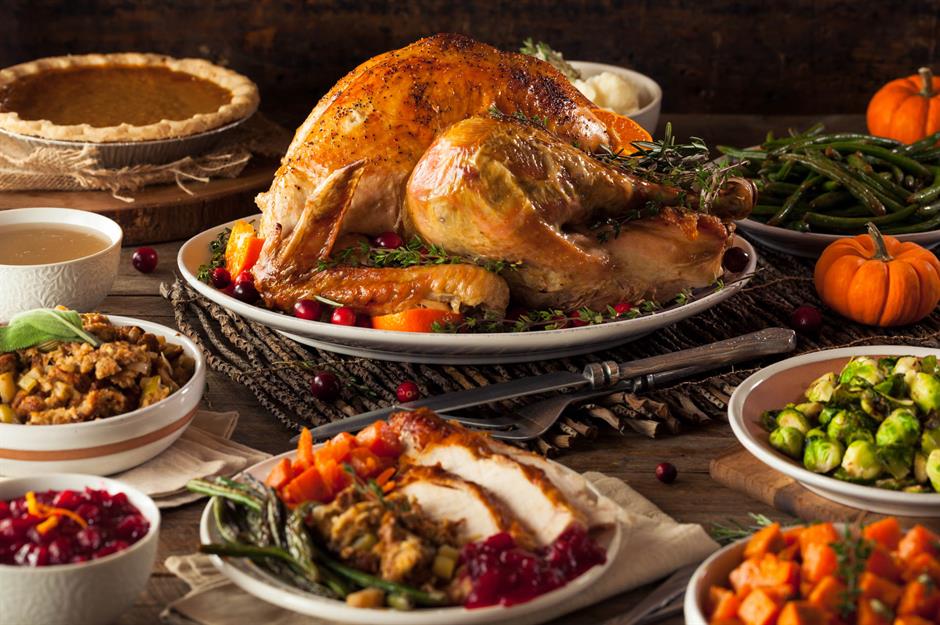
For years, turkey has wrongly been accused of sending us into a post-Christmas dinner stupor. This myth stems from the fact that turkey contains the amino acid tryptophan, which promotes good sleep. However, it turns out that cheese contains it too (in fact, it contains more, gram for gram), yet no one seems to be taking cheese naps. The real culprit may be an excess of booze and carbs – or the fact that a Christmas Day nap has become an annual tradition in homes around the world.
22. Fast food fries are vegan
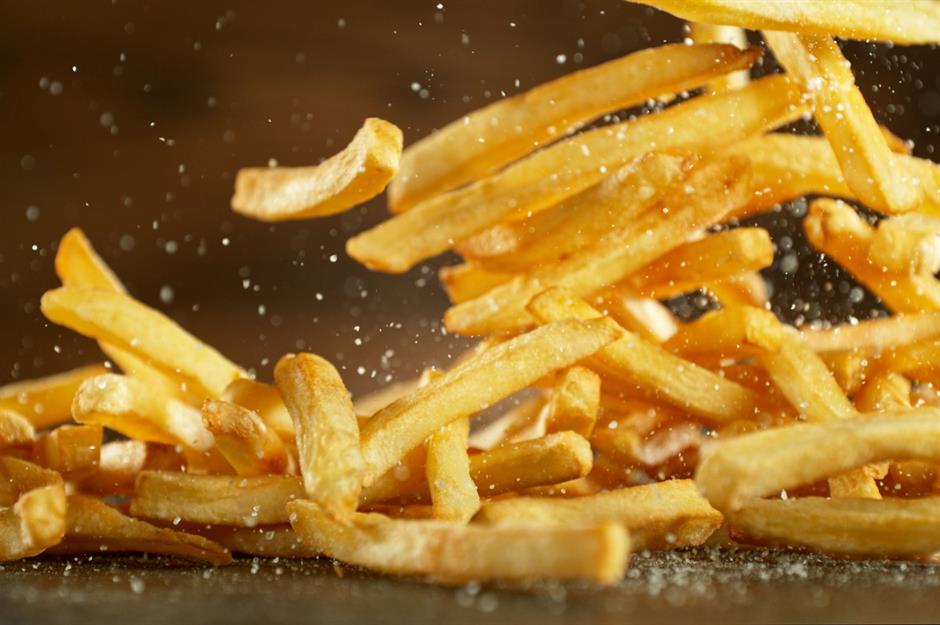
The fast food world is tough for vegetarians and vegans. Beef burgers and chicken nuggets dominate menus, making it hard to find a plant-based meal. You might think that fries are safe, but the reality is that many fast food fries are cooked in lard or fried in the same oil used for meat products. In the US, McDonald’s uses beef flavouring in the oil used for its fries – which, although it’s meat-free, contains dairy elements. So, it's always best to check before ordering a portion of fast food fries (or any other fast food potato product).
21. Drinking milk prevents bone fractures
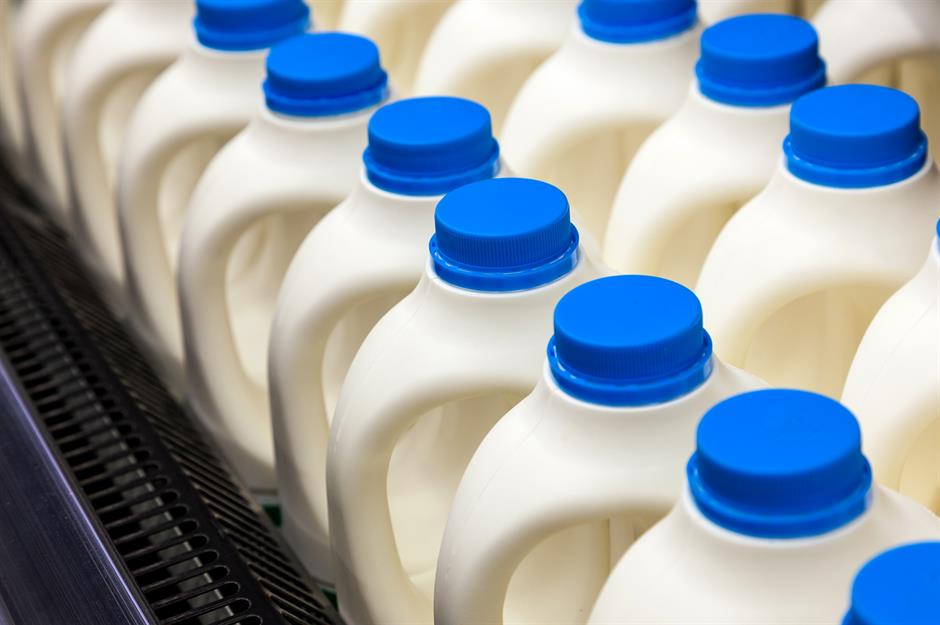
Milk is a fantastic source of calcium, which is good for your bones – so you could be forgiven for falling for this foodie myth, which has been doing the rounds for generations. However, Stanford nutritional scientist Christopher Gardner says that, while drinking milk can help to improve bone density, it doesn’t actually prevent bones from fracturing. His advice? Strengthen your bones via regular physical activity instead.
20. You shouldn’t cook with extra-virgin olive oil
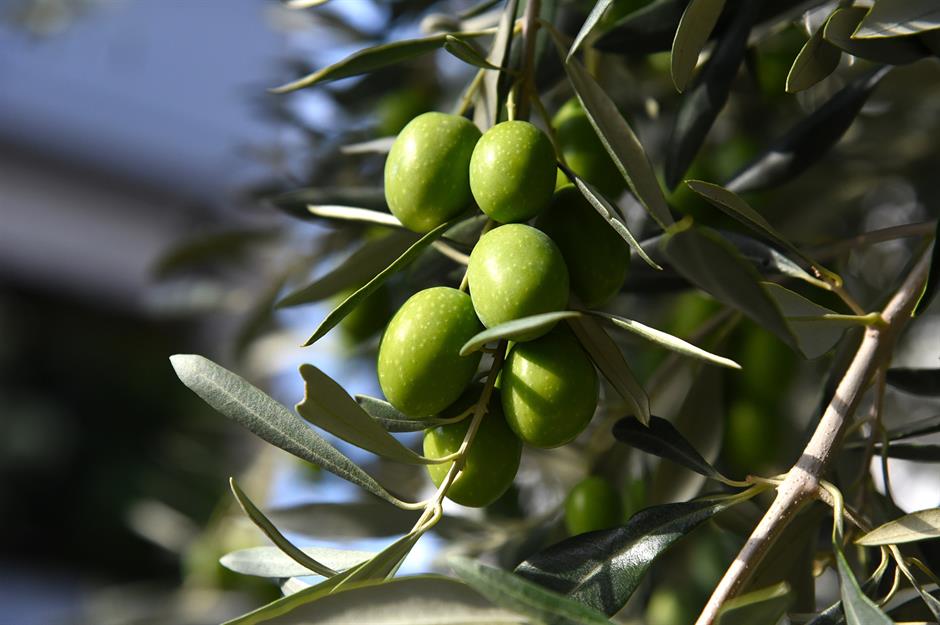
You may have heard rumours that extra-virgin olive oil has a lower smoke point than most oils – which, supposedly, causes it to start breaking apart and releasing harmful compounds when heated to high temperatures. However, research conducted in 2018 showed that extra-virgin olive oil was safer when cooked at an extremely high heat and more stable at that temperature than other cooking oils.
19. You shouldn’t crowd mushrooms in a pan
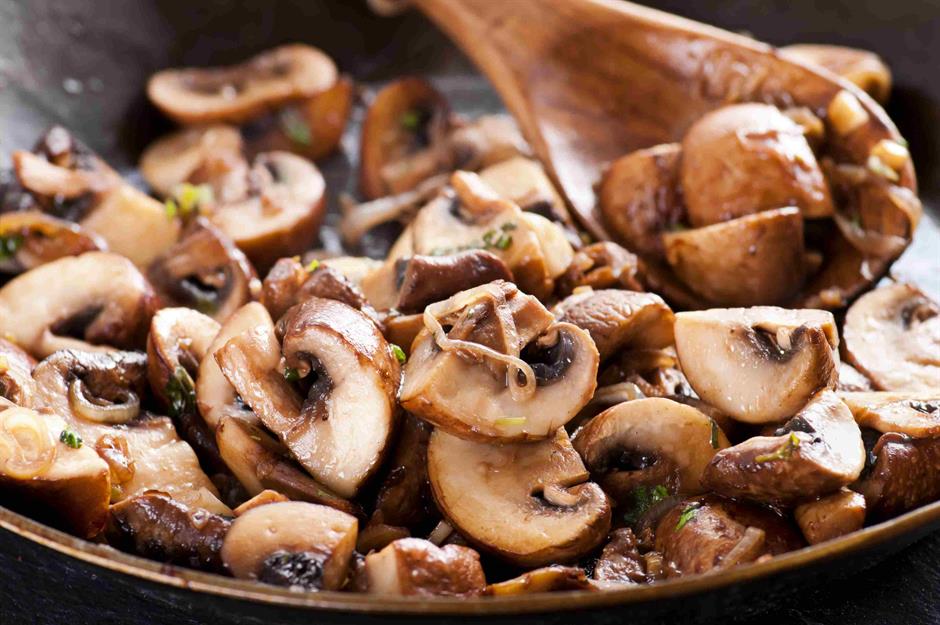
American celebrity chef Julia Child once said that the secret to cooking delicious mushrooms is to never crowd the pan. However, her advice isn't as foolproof as you might think. According to food scientist Harold McGee, author of On Food and Cooking, crowding the pan stops mushrooms from becoming too porous, meaning they'll soak up less oil as they cook – resulting in a better taste. Sorry, Julia!
18. You shouldn't wash mushrooms
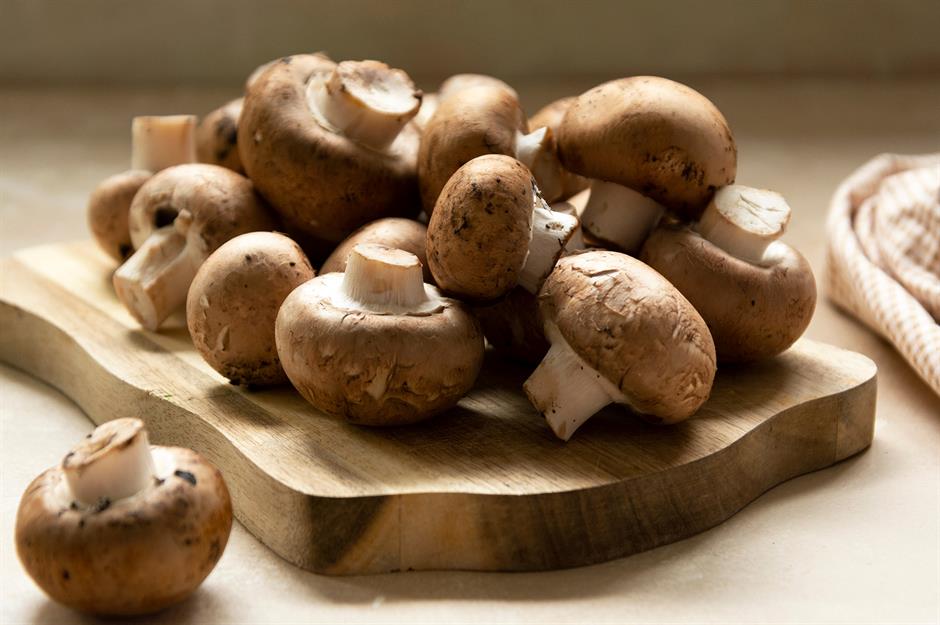
Although some people say otherwise, you can wash mushrooms before cooking them – they won’t lose any flavour in the process. An experiment by food scientist Harold McGee found that soaking mushrooms before cooking is another way to prevent them from absorbing too much oil. Not only that, but giving your mushrooms a rinse will remove any lingering dirt still clinging to the stems.
17. Oranges are the fruit with the most vitamin C
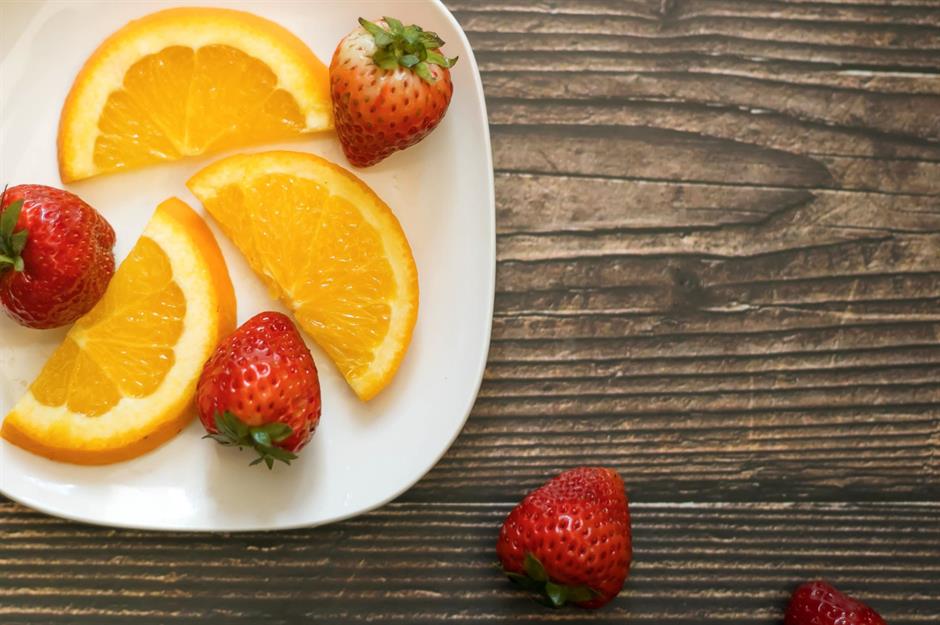
We often associate oranges and other citrus fruits with vitamin C (ascorbic acid), a vital nutrient that supports the body’s healing process, among other things. Oranges are a good source of vitamin C, but they’re not the fruit that packs the highest amount. If your aim is to boost your vitamin C levels, you’re better off going with strawberries, which have 57mg per 100g, compared to 42mg per 100g – the amount contained in an easy peeler orange. You only need to eat around seven strawberries to get your recommended daily dose.
16. Raw vegetables are healthier than cooked vegetables
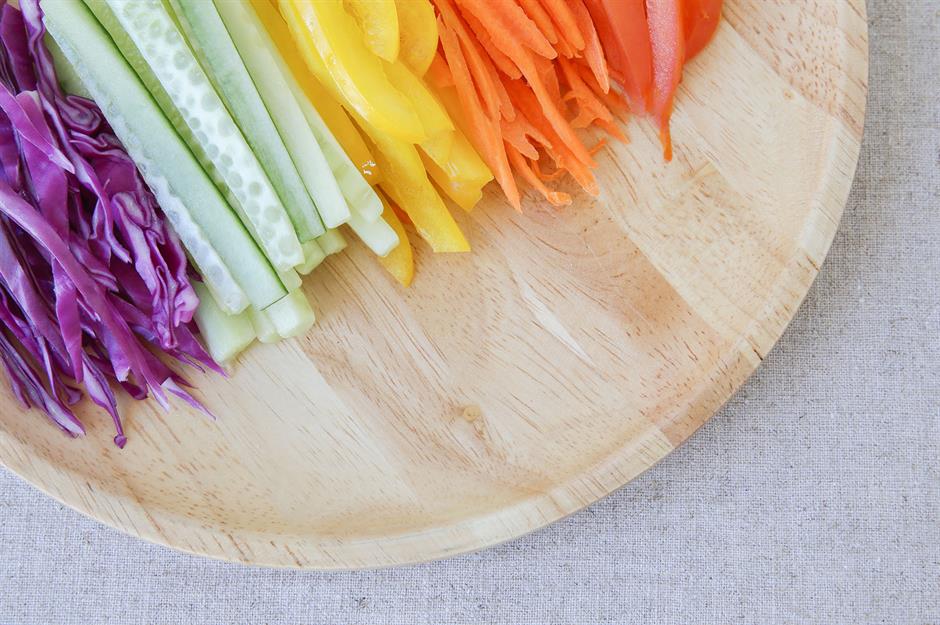
You may have heard that cooking vegetables is a sure-fire way to destroy the nutrients they contain – but this isn’t always the case. Studies have proven that cooking some vegetables allows our bodies to better absorb their nutrients and antioxidants. Meanwhile, other vegetables, such as broccoli, are healthier when raw. The simplest answer: serve your vegetables both ways, and eat lots of them!
15. KFC uses genetically engineered chickens
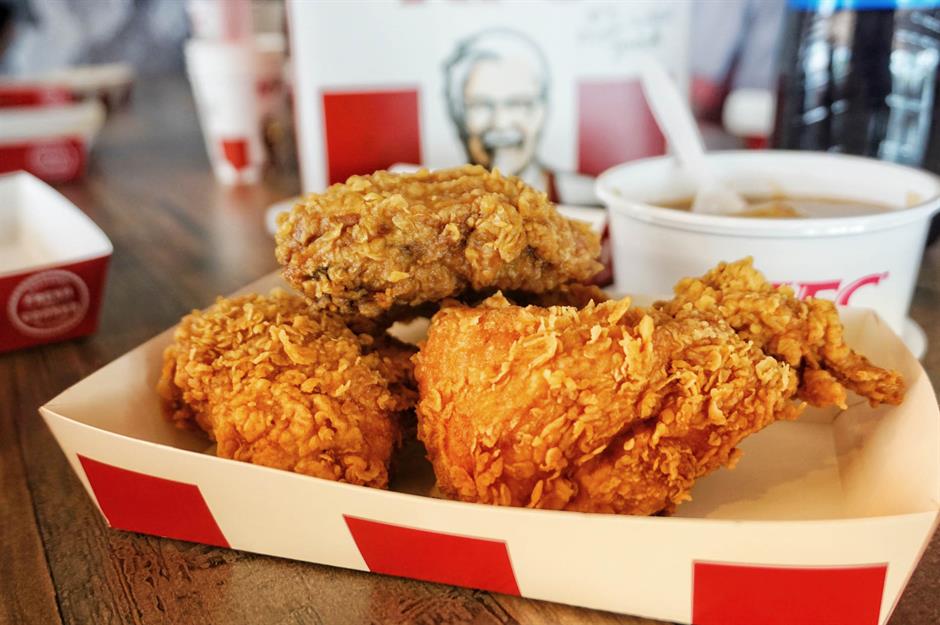
Here's another foodie 'fact' to add to the pile of urban legends from the internet. For decades, rumours have been swirling that KFC uses genetically engineered chickens to make its products. However, there's no truth to this at all. In fact, KFC once sued three Chinese companies for spreading misinformation when they claimed that the fast food chain was breeding chickens with six wings and eight legs.
14. The seeds are the spiciest part of a chilli pepper
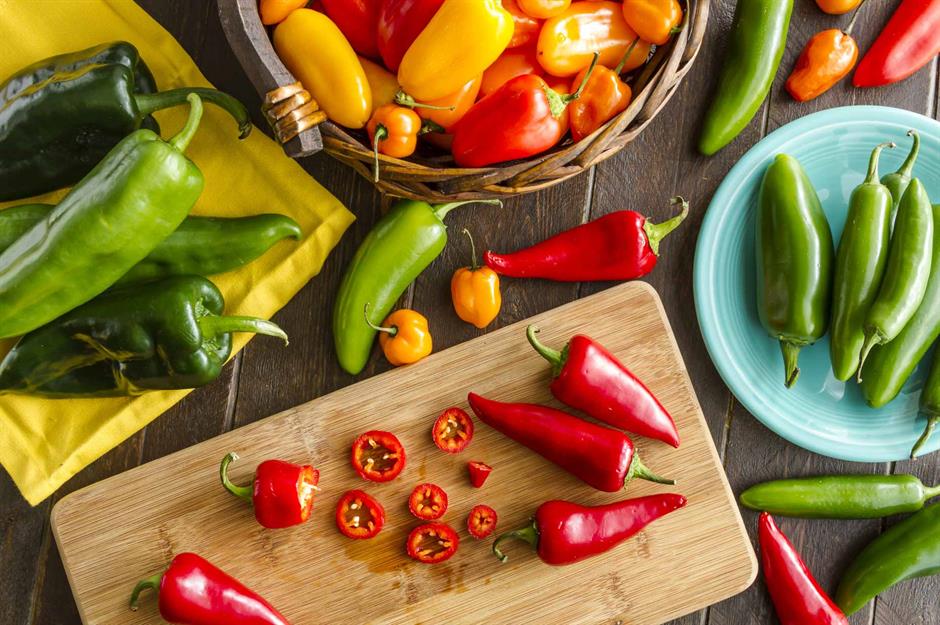
A chilli pepper's seeds are hotter than its flesh, which is why removing them is a good way to cool things down. However, they're not the spiciest part of the pepper – the pith and ribs are. This is because they're where most of the pepper's capsaicin (which is responsible for the heat) is stored. The seeds simply get their spiciness from being nearby.
13. Eating celery burns more calories than you gain

The idea that you can burn calories while snacking might appeal (as long as you like celery). Unfortunately, it’s a myth that eating celery will burn more calories than you gain. Celery is still great to eat, though, with plenty of fibre and moisture, so don’t let that stop you munching on a stick. To up the flavour factor, dip it in some hummus or cover it in peanut butter.
12. You should wait half an hour after eating before swimming
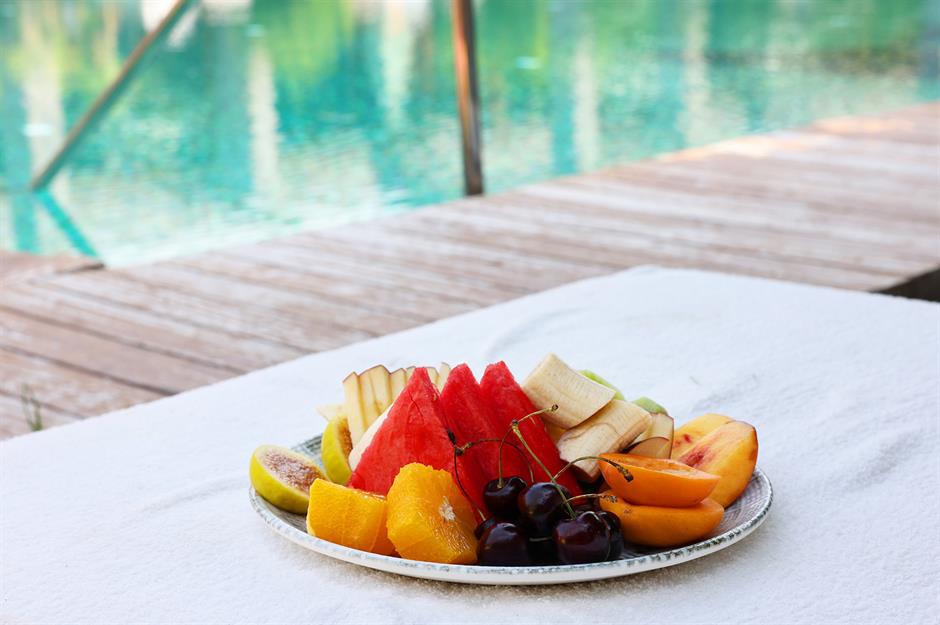
Those Instagrammers having breakfast in a pool in Bali certainly don’t think you need to delay your dip – and they’re right, despite what our mothers may have told us. Nutritionist Rebecca Scritchfield told the Washington Post that while it's possible to get a slight cramp after eating and swimming (due to blood moving to your muscles instead of your digestive system), doing so won't disable anyone enough to drown them.
11. If you swallow gum, it'll stay in your stomach for seven years
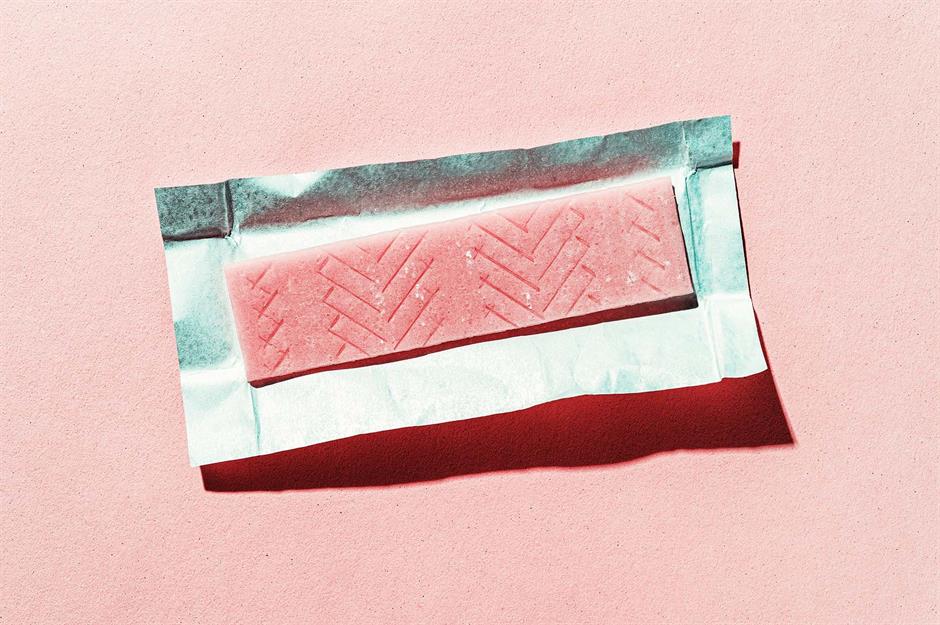
Pay no attention to that old wives' tale – there's no need to worry about accidentally swallowing chewing gum (though it shouldn't be given to young children). While you shouldn't do it on purpose, rumours that gum will remain undigested in your stomach are completely unfounded. When eaten, it will pass through your digestive system at exactly the same rate as any other food.
10. You should wash your chicken
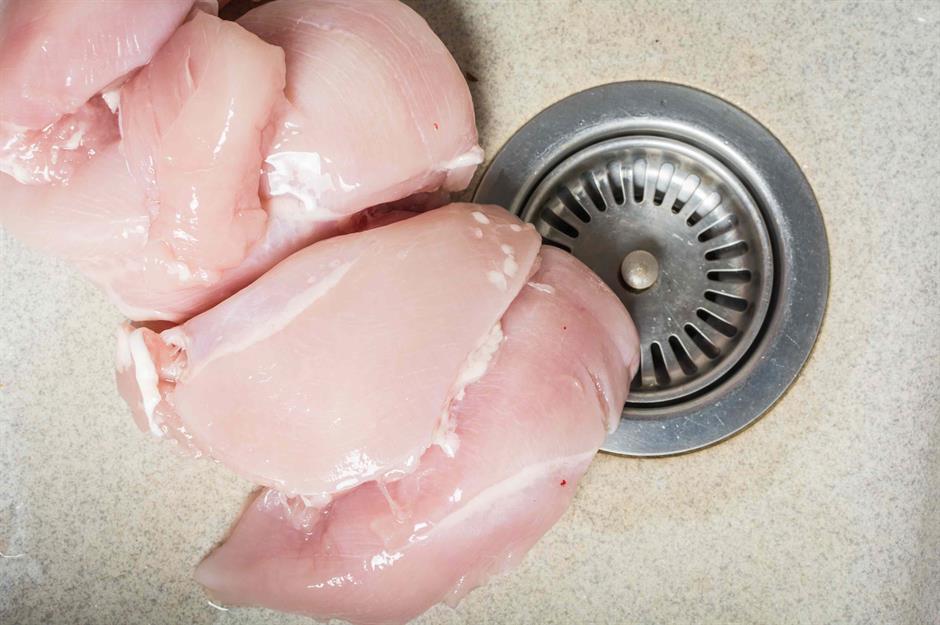
This one is a real no-no. Washing raw chicken is completely unnecessary, as any bacteria it contains will be destroyed when the chicken is cooked. Furthermore, studies have shown that washing your chicken increases the chances of spreading bacteria – including salmonella and campylobacter, the two leading causes of bacterial foodborne illnesses – over your kitchen surfaces.
9. McDonald’s food never spoils
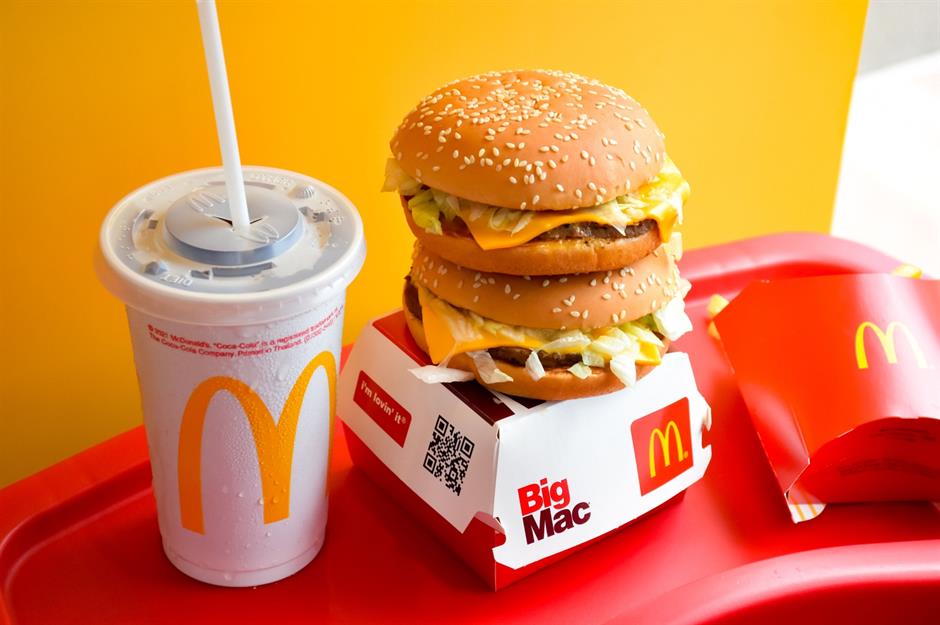
Images of McDonald’s burgers that have barely changed, despite being made weeks, months or sometimes even years ago, regularly circulate online. It’s often claimed that the chain’s food is so full of preservatives that it won’t show any signs of decay. McDonald’s disputes this notion, suggesting that the unspoilt burgers in the photos may simply have been kept in the right environment. When kept moisture-free, burgers dry out, and mould and bacteria are prevented from growing.
8. Searing meat keeps the juices in
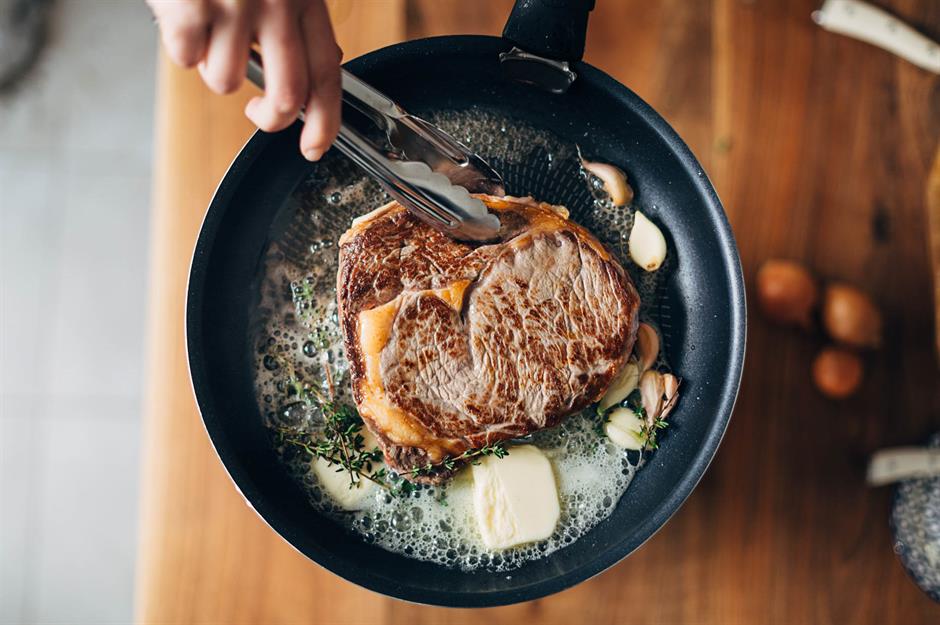
This is perhaps one of the most widespread culinary myths out there – which is why food scientist Harold McGee made it his mission to debunk it. He found that the only factor that will directly affect the juiciness of meat is the temperature it's cooked to. That said, searing is a fantastic way of adding more flavour, all thanks to the Maillard reaction: a foodie phenomenon that sees new flavour compounds released as meat browns.
7. MSG is bad for you
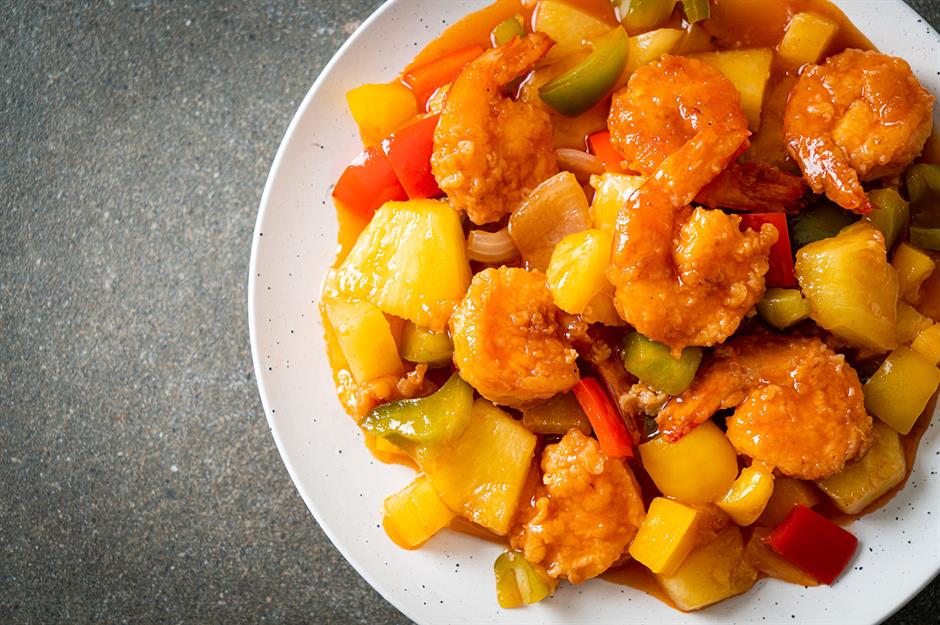
Used as a flavour-boosting additive – particularly in Asian and Latin American cuisines – MSG (or monosodium glutamate) is a controversial ingredient. The idea that it's bad for our health is not only inaccurate, but rooted in a racist term coined in 1968: Chinese Restaurant Syndrome, a so-called malady that blamed Chinese restaurants and MSG for causing diners to develop symptoms like palpitations and numbness. However, there's no conclusive scientific evidence to back up this claim. MSG is present in many common foods, such as Parmesan, and it's perfectly safe to eat.
6. Eating carrots improves your eyesight
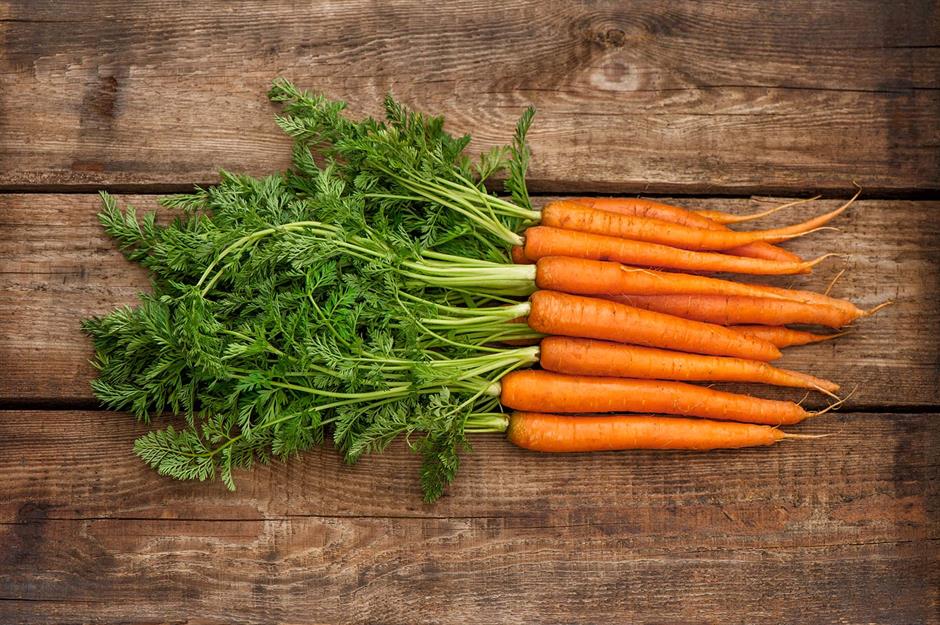
It's true that carrots – which are packed with a form of vitamin A known as beta carotene – are good for your overall eye health. However, eating them won’t give you night vision or improve your eyesight. This myth first appeared as part of a military strategy. During World War II, to disguise the fact that the British Royal Air Force was using a new type of radar technology, a propaganda campaign claimed that regular consumption of carrots was improving pilots’ eyesight. Somehow, the world believed it.
5. Sharp knives are more likely to cause an injury
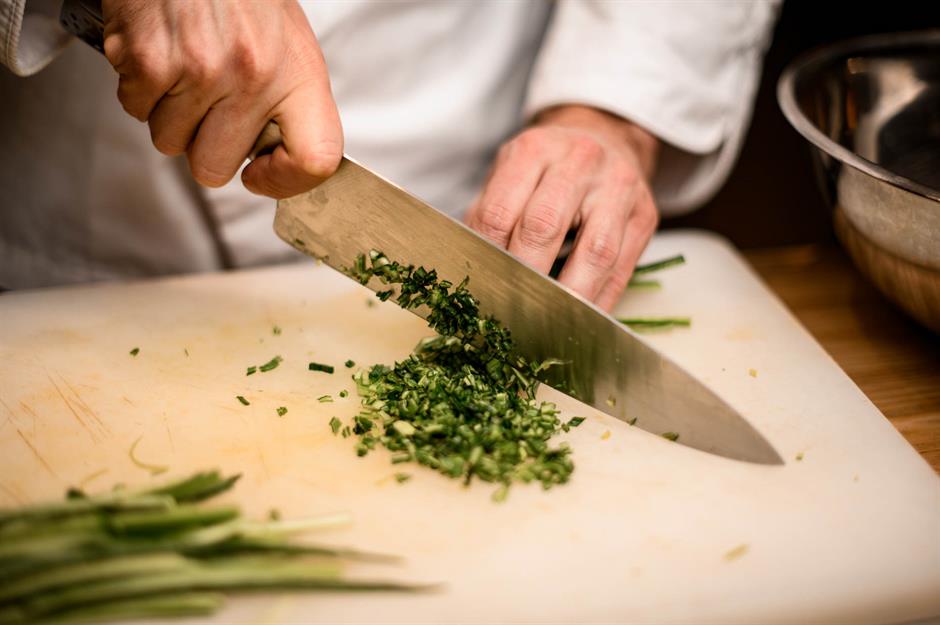
A very sharp knife can seem like a scary tool to wield. However, they tend to be safer and easier to use than blunt knives. A dull blade means you'll have to exert more force when chopping your ingredients – and this is when most accidents happen. Sharp knives are also easier to control as you can sense when they're about to slip, then adjust your grip accordingly.
4. You should drink eight glasses of water a day
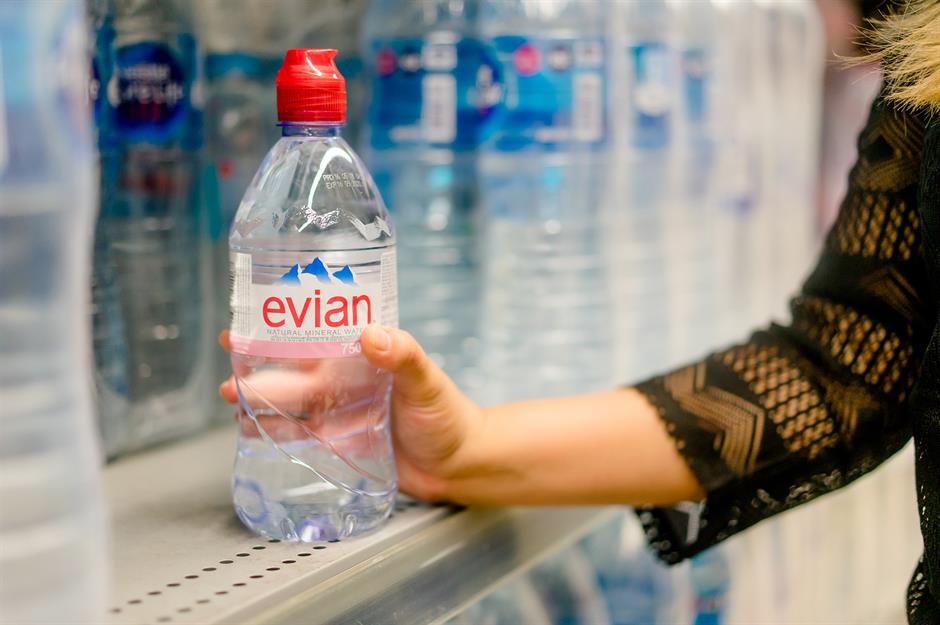
This one's been repeated so often that it's widely accepted to be true. However, a 2022 study conducted by the University of Wisconsin-Madison in the US found that it's yet another myth. Researchers measured the water intake of over 5,600 people from 26 different countries and noted that the amount of water needed to stay healthy varied considerably. There's no one-size-fits-all guideline we should follow – other than if you're thirsty, have a drink!
3. Chocolate gives you spots
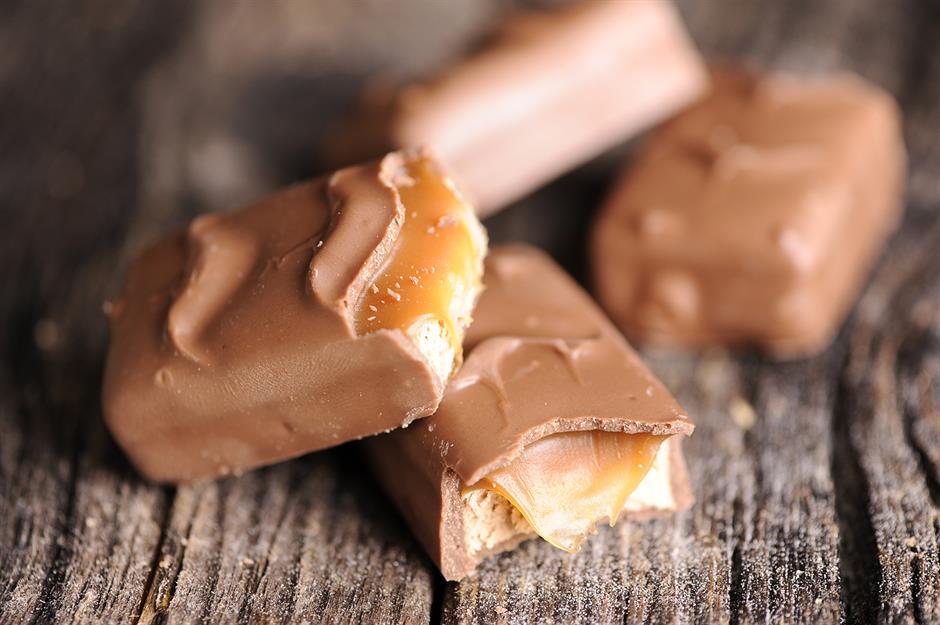
Thankfully, there's no need to forgo the odd chocolate treat for the sake of your skin – there's no evidence to suggest that snacking on the sweet stuff will cause you to break out in spots. Acne is mostly caused by hormones and the effect they have on glands in the skin, not by the foods we eat. However, a poor diet consisting of lots of refined carbohydrates may increase the body's production of spot-triggering hormones.
2. Adding oil to pasta water prevents it from sticking
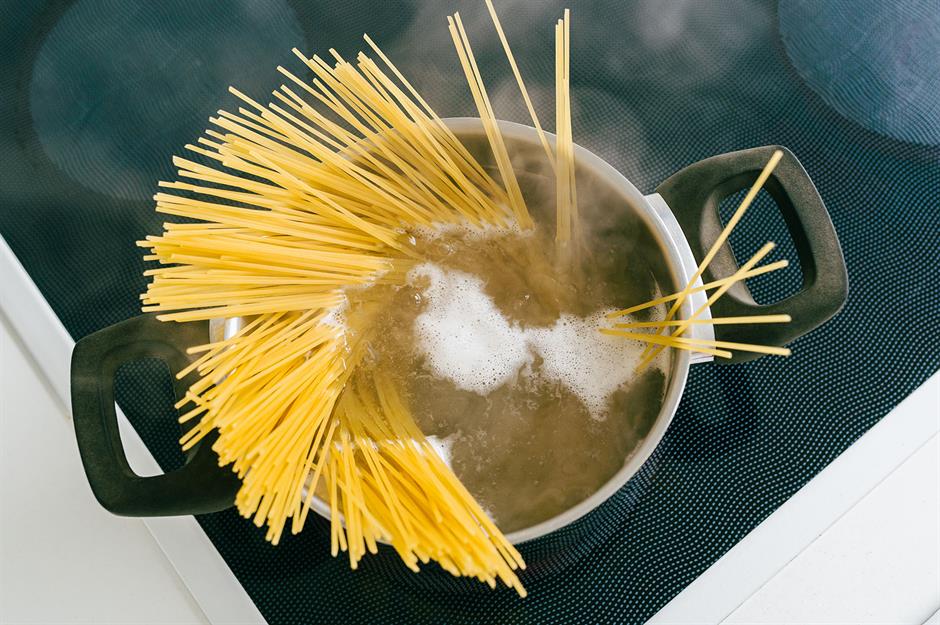
Contrary to popular belief, adding oil to your pasta water will do nothing to prevent pasta from sticking together. The oil will simply sit on the water's surface, having no effect on the pasta at all. The only thing that won’t be sticking to the pasta is the sauce; when the pasta is drained, it'll get coated in the oil, making it slippery. The result? Well-sauced pasta bowls and tasteless spaghetti. A better way to prevent your pasta from sticking is to stir it occasionally as it cooks.
1. Sugar makes kids hyperactive
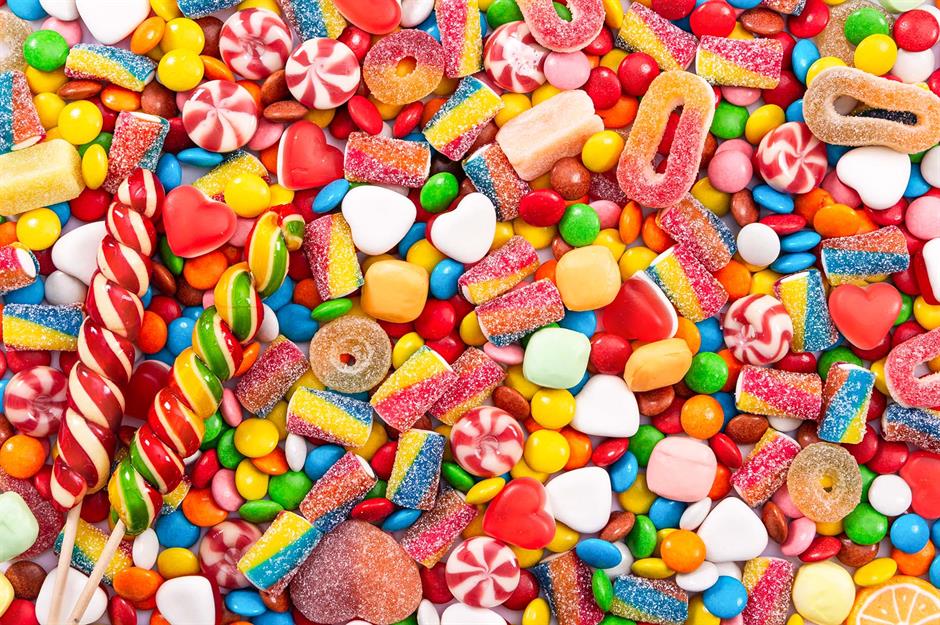
Anyone who's ever experienced the unbridled chaos of a children's party may find this one difficult to believe, but the idea that sugar causes hyperactivity was disproven years ago. In a study conducted in the 1990s, mothers who were told their children had been given a large dose of sugar rated them as significantly more hyperactive – though the kids had only been given a placebo.
Now discover the handiest food hacks of all time
Last updated by Luke Paton.
Comments
Do you want to comment on this article? You need to be signed in for this feature